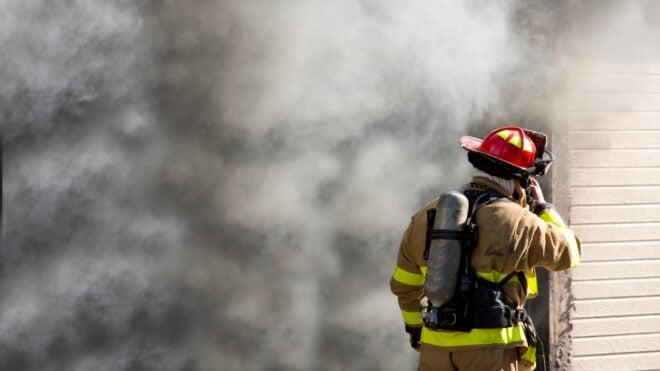After looking at just a few of the strange historical objects listed below, you'll likely be even more grateful for the modern creature comforts most of us enjoy on a daily basis.
Of course, it's not so surprising to see how rudimentary some of the items seem to us today. Considering how much technology and innovation has evolved over even just the past decade, it's no wonder there were some clunkers along the way.
That said, several of these items are even more terrifying to think about when you remember folks didn't have the best grasp on hygiene when these items were in use.
I'm glad that no matter how common or "ordinary" the items listed here were, they still got replaced with far less questionable options.
Take a look, and be sure to SHARE all of the bizarre objects people used throughout history with your friends on Facebook!
1. Tonsil Guillotine
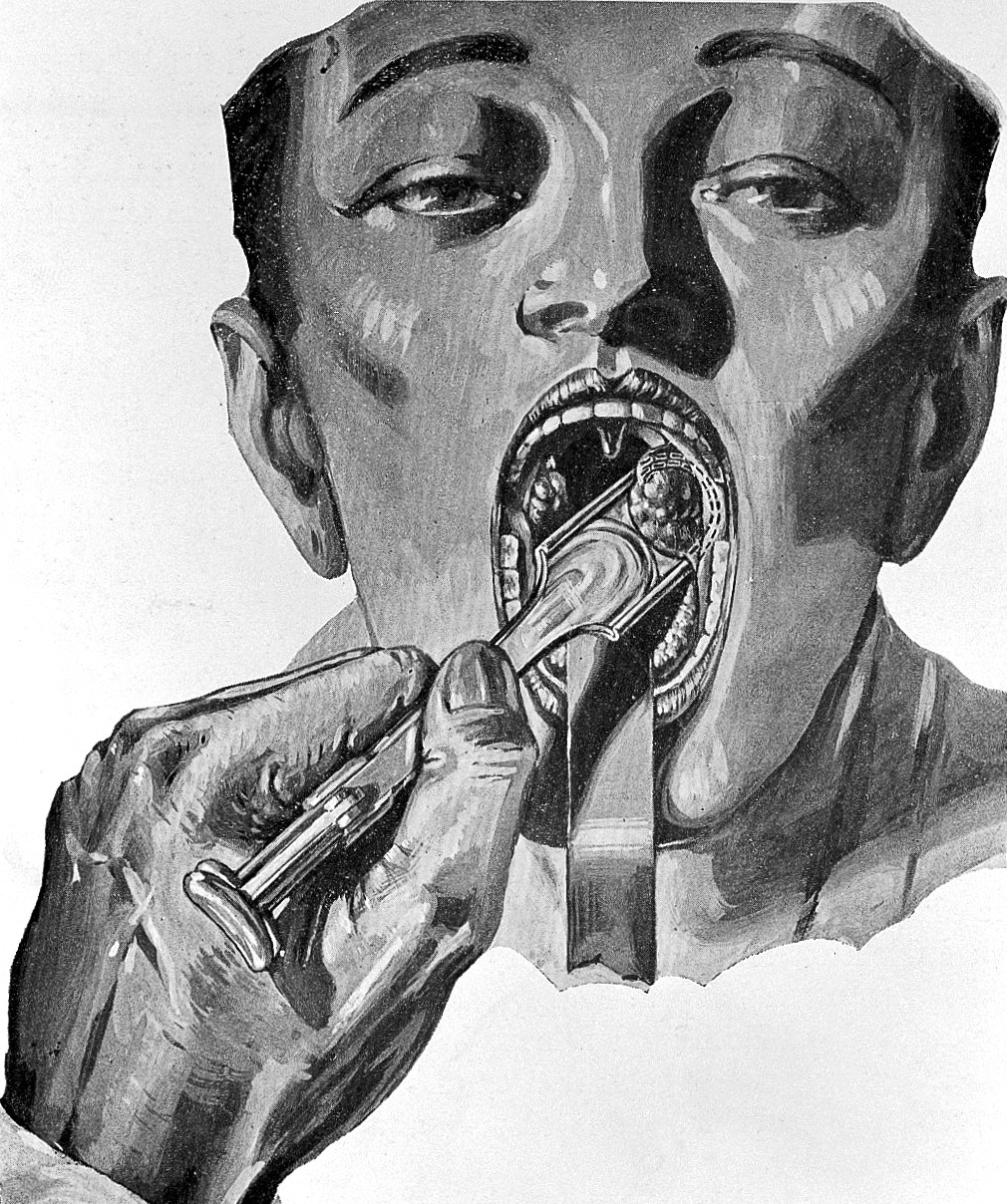
The Science Museum's History of Medicine explains that this device was used for tonsillectomies throughout the 1800s. It eventually went out of style due to "high numbers of people who experienced heavy bleeding and recurrent sore throats."
2. Chastity Belt
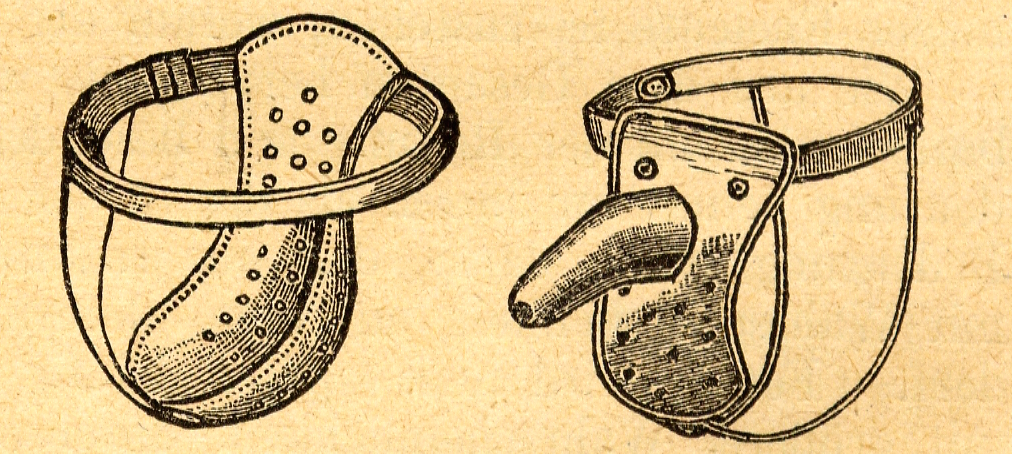
The idea of chastity belts being locked onto ladies by their husbands in the Middle Ages has been largely debunked as a myth.
However, the Science Museum's History of Medicine says that devices like this were popular for males in the late 1800s. Rather than keep others away from their nether regions, this was aimed to deter self-gratification. Officials would cite severe moral and physical health ailments that could occur for those who gave into temptation.
3. Dental Key
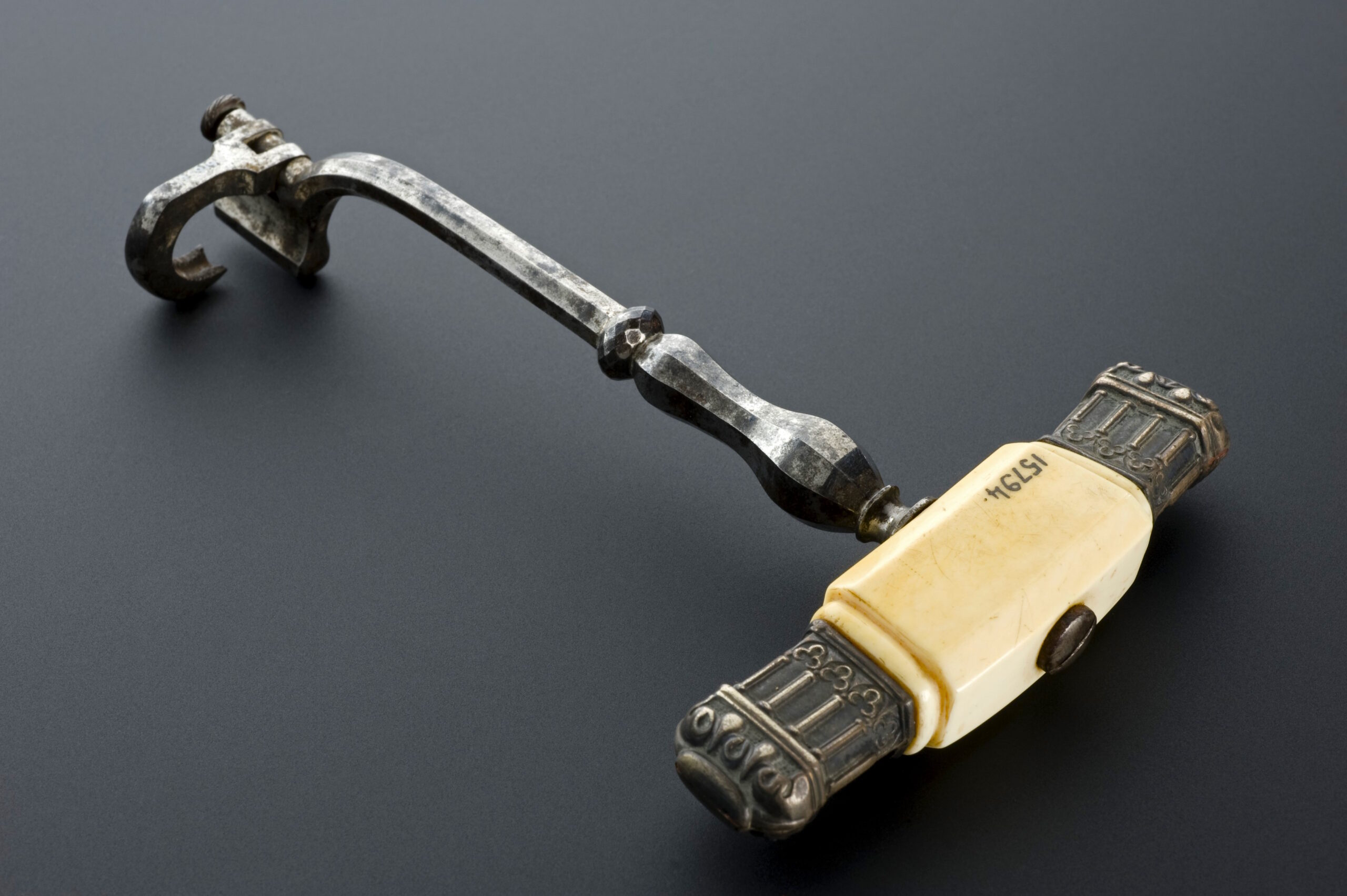
JM Hyson Jr. from the Baltimore College of Dental Surgery literally titled a paper about this commonly used oral health tool by calling it a "dangerous and barbarous instrument."
He claims that throughout the 1900s, the tool caused more injuries than all other extraction devices combined — in the days before anesthesia.
4. Urumi

This ancient Indian weapon combines swords and whips for one of the most terrifying forms of protection ever invented.
The term translates to "curving sword." According to Atlas Obscura, they still play a large part in a style of martial arts known as Kalaripayattu.
5. Bloodletting Fleam

If they weren't using leeches, folks in the 17th and 18th centuries might have been poked with one of these bad boys to "cure" any number of ailments.
However, the Science Museum's History of Medicine says these tools were actually more commonly used on animals by veterinarians.
6. Mortsafe
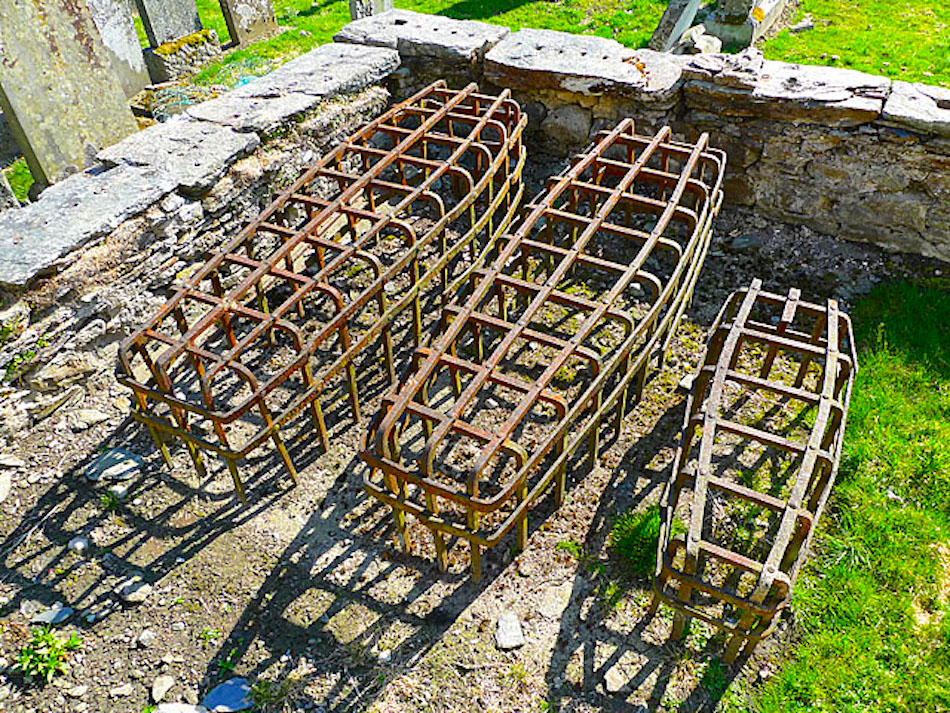
According to Atlas Obscura, these caged graves became popular for mourners in the 1800s who didn't want their loved ones' remains being taken by body snatchers. The practice became common following a rise in grave robbers stealing and selling deceased body parts to scientists conducting anatomy research.
7. Witch's Chair
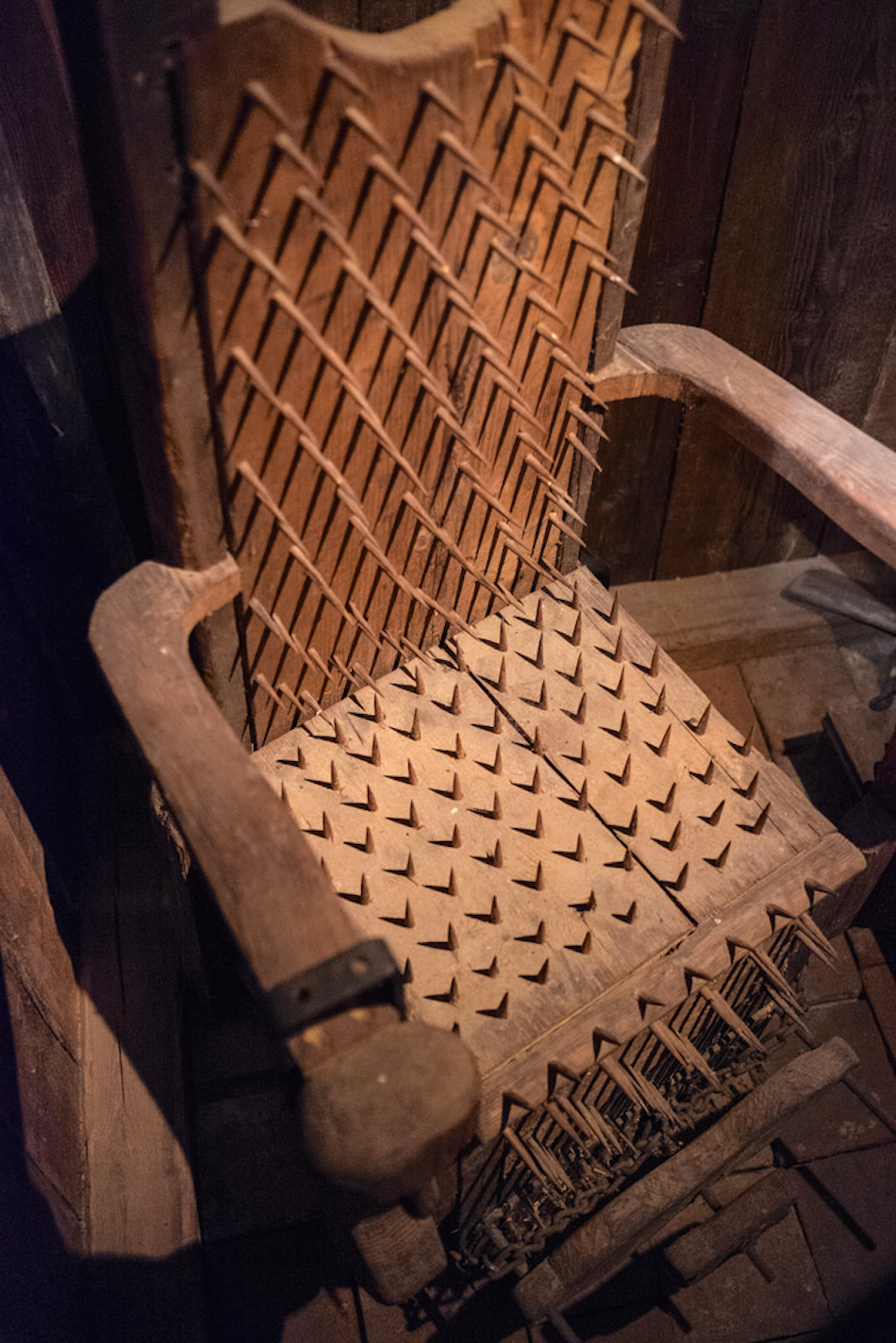
Michael D. Bailey, author of Historical Dictionary of Witchcraft, wrote that women accused of witchcraft in the Middle Ages were sometimes made to sit on this uncomfortable furniture.
Apparently, the spikes were also occasionally heated for the trial.
8. Pre-PET Scan
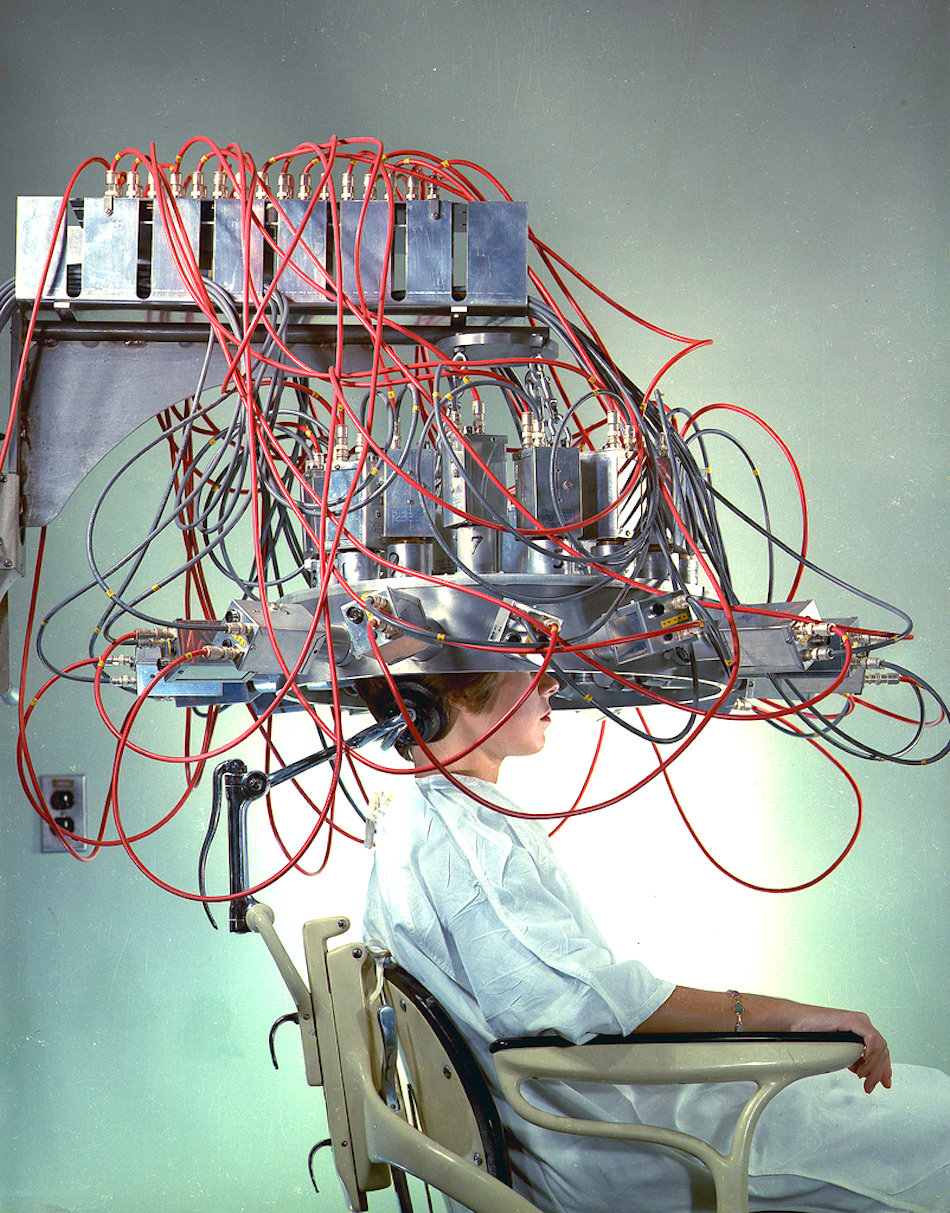
Before modern practices for mapping images of our brains, the Brookhaven National Laboratory geared this rudimentary version back in 1961.
I'm not sure if they were going for the "spaceship covered in wires" look on purpose, but they definitely pulled that off.
9. Scarificator
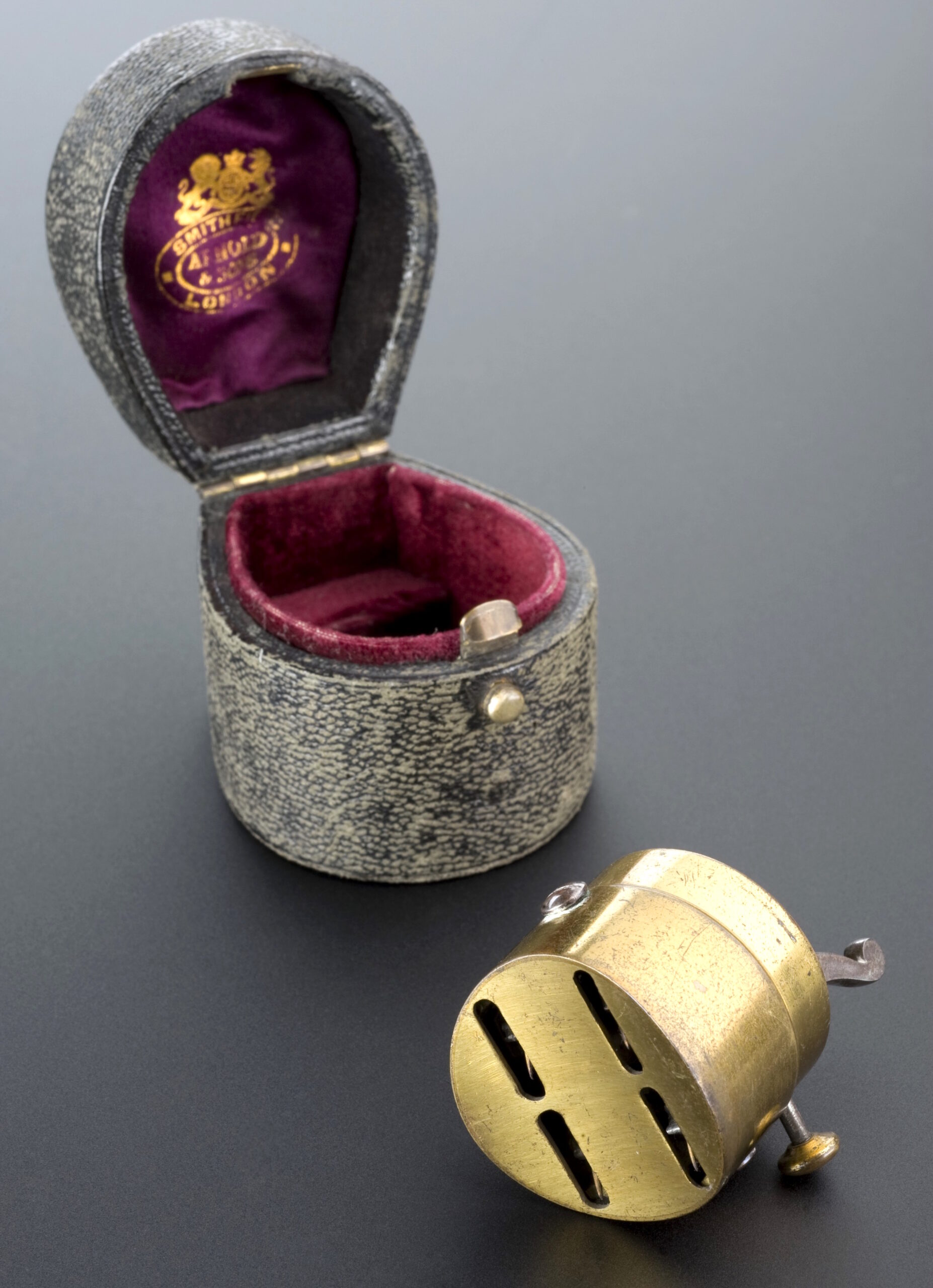
The Museum of Health Care at Kingston explains how these spring-loaded multi-blade devices were used in bloodletting back in the 1700s.
Even after that treatment went out of style, though, doctors still used the tool as a smallpox vaccinator in the early 1900s.
10. Parturition Chair
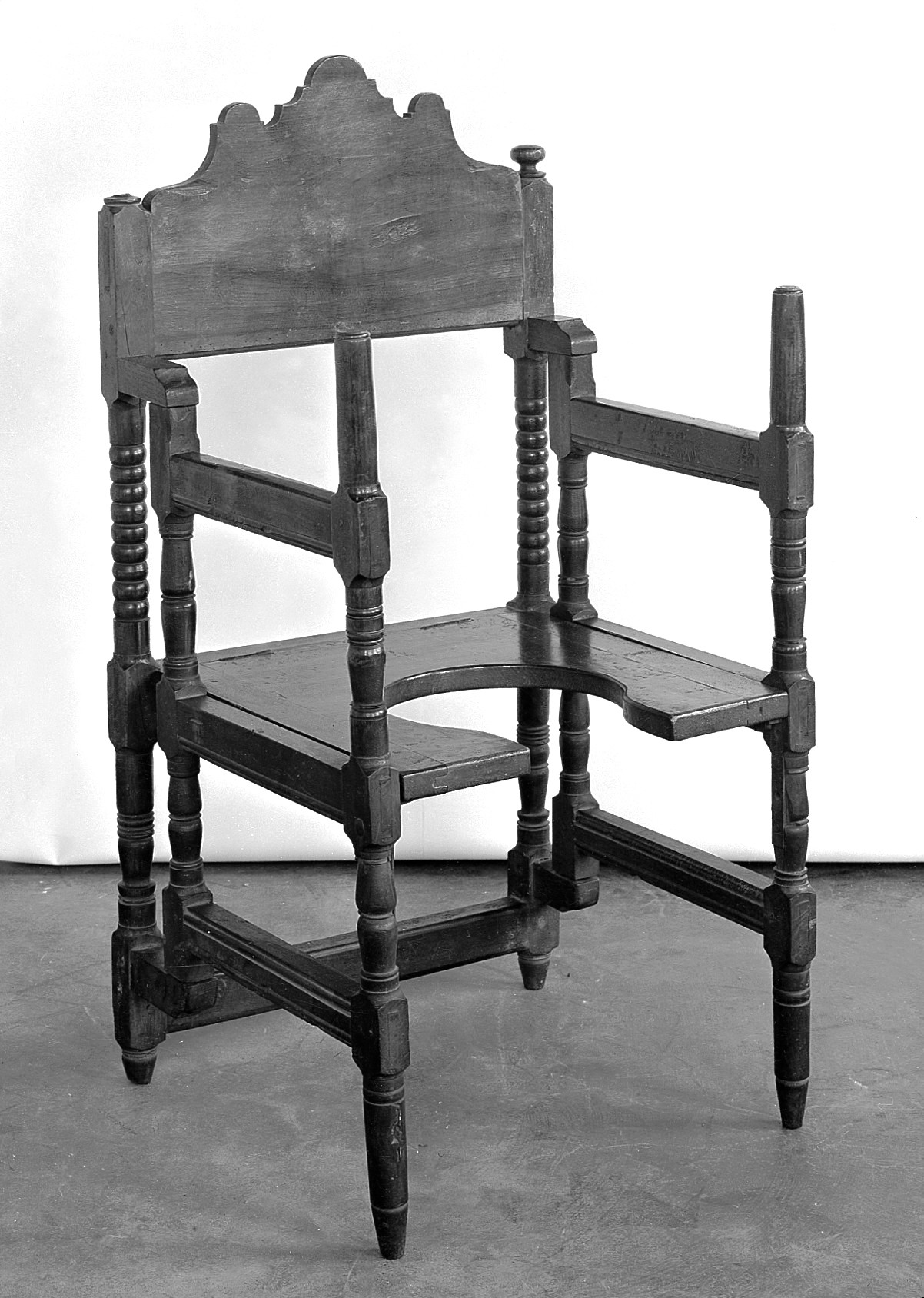
You might assume this was an old-school potty-training chair, but it was actually used long before children reached that milestone.
Instead, the Science Museum's History of Medicine explains that the chairs gave midwives access to the emerging baby during childbirth. Later designs included footholds for the mom, similar to the stirrups we use today.
11. Family Bike
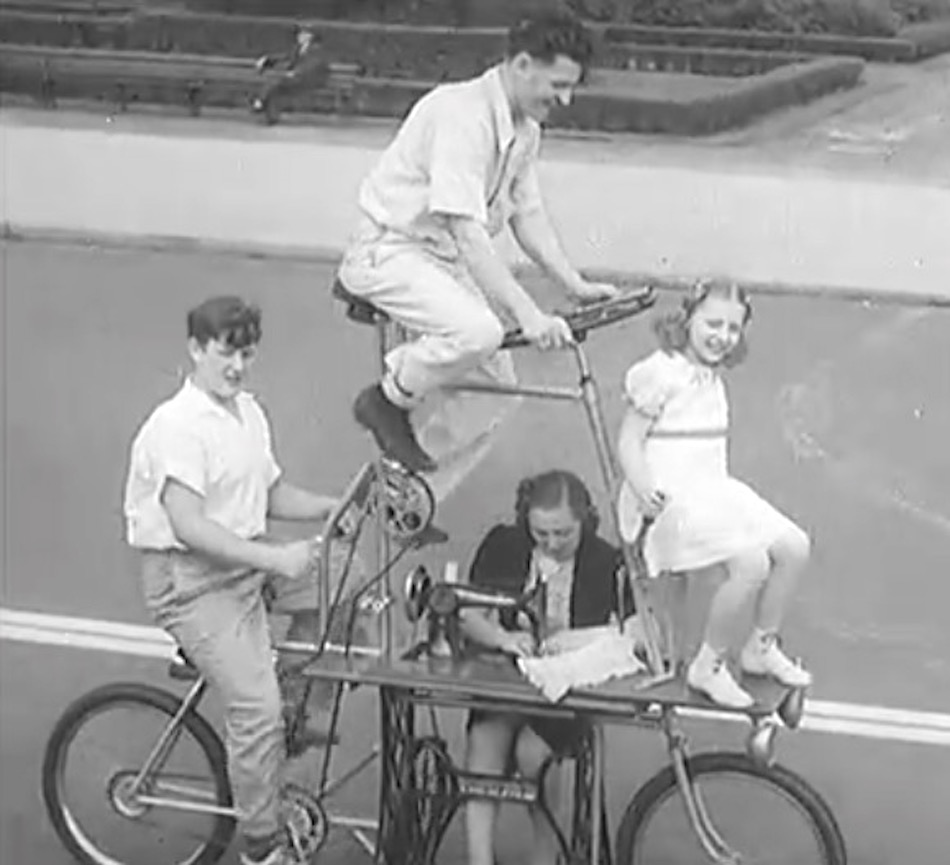
Vintage footage from British Pathé shows inventor Charlie Steinlauf and his family tooling around Chicago back in 1939.
It's especially impressive that his wife was able to maintain a straight seam on her sewing machine, but also pretty clear why this mode of transportation didn't exactly take off.
Were you surprised by any of these bizarre objects folks actually used throughout history? Be sure to SHARE with your friends on Facebook!


